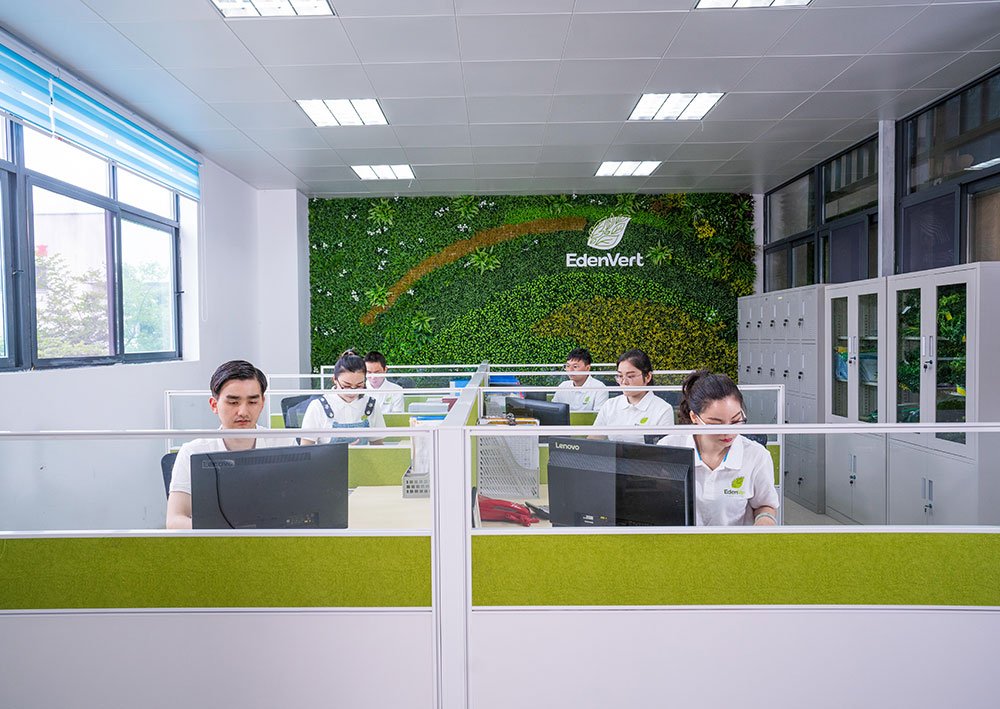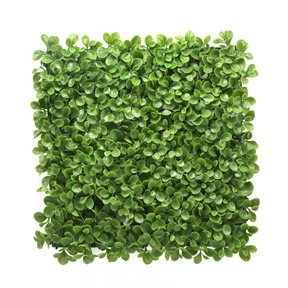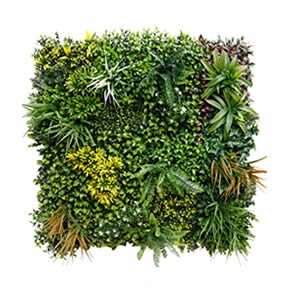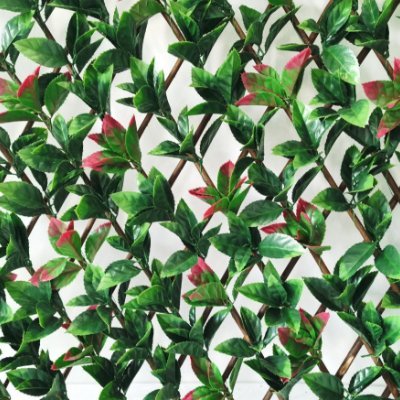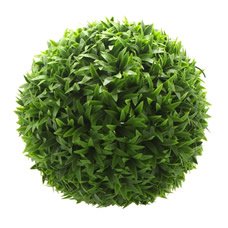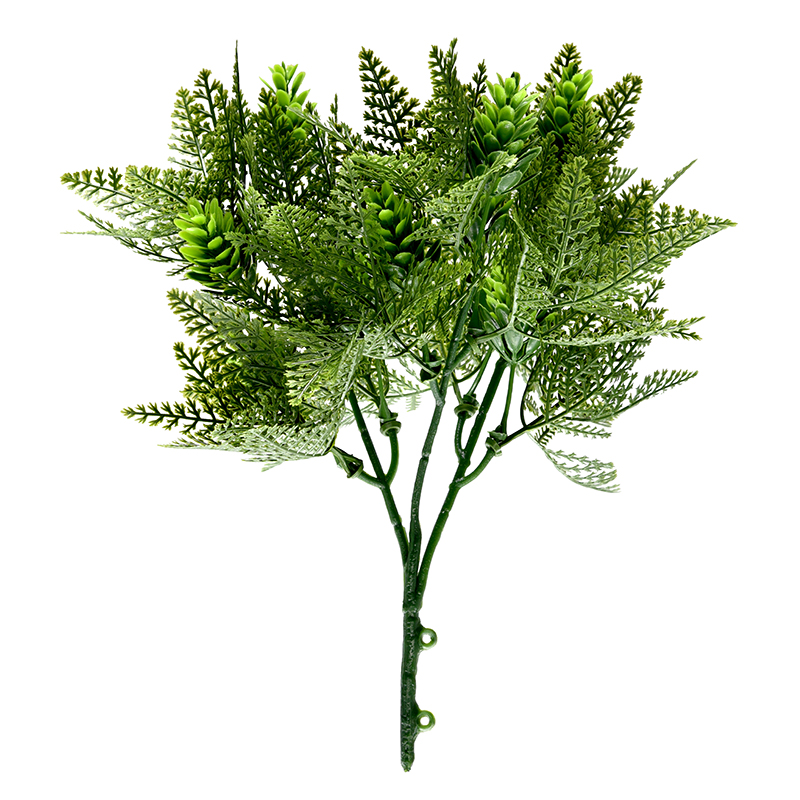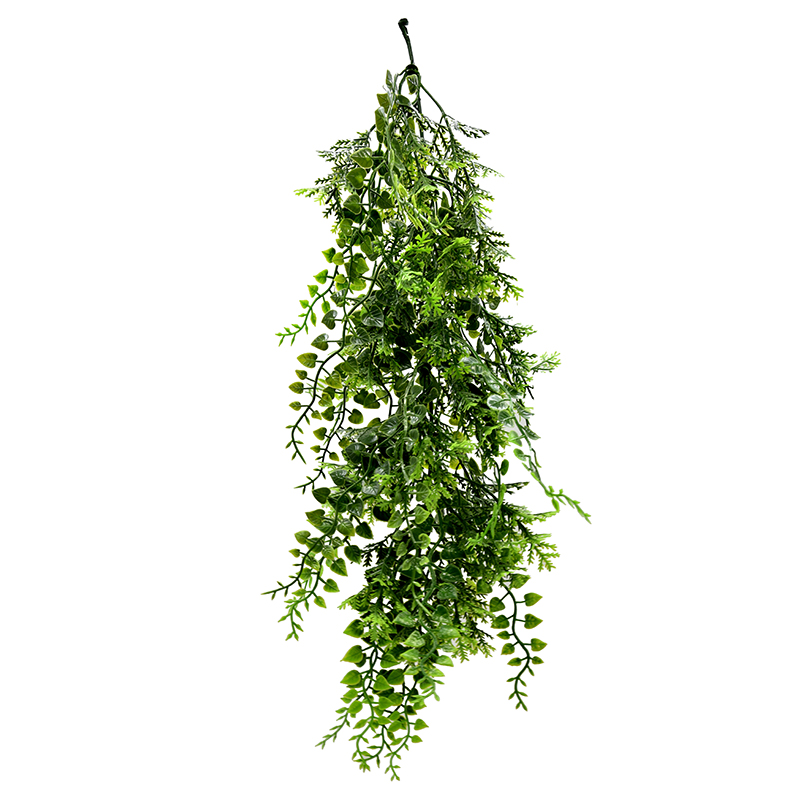10 Best Fake Outdoor Plants That Look Real
 2025 06 25
2025 06 25A lush, green garden is a dream for many homeowners, but maintaining a real plant garden can be overwhelming. From constant watering to pruning and weeding, it often feels like the work never ends. For those with busy schedules, keeping a natural garden may take more time than it’s worth.
For a garden that stays vibrant year-round with minimal effort, fake outdoor plants that look real offer a smart alternative. They require no watering, no pruning, and no weeding. They won’t wilt from too much sun or suffer from pests. With just occasional cleaning, these plants can stay fresh-looking for years.
This ultimate guide will recommend 10 carefully selected picks and reveal the key factors for choosing the best fake outdoor plants that look real. Let’s discover the “perfect” plant for your space, together.
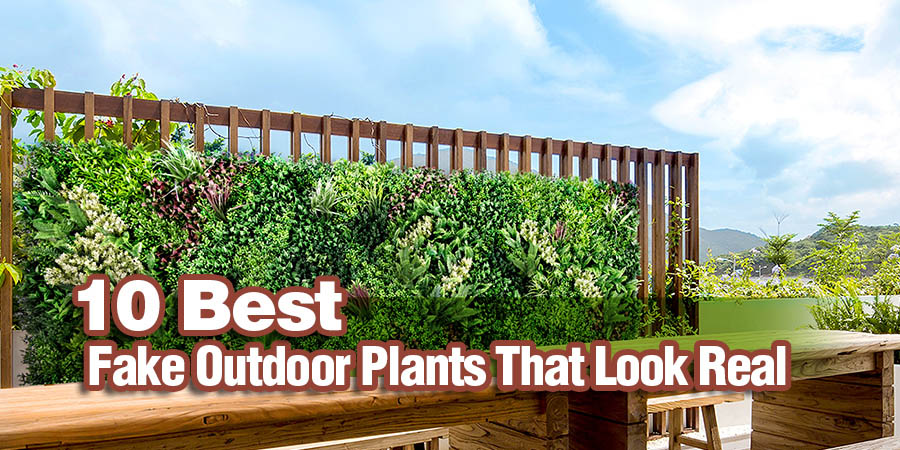
1. Fiddle Leaf Fig
The fiddle leaf fig , also called ficus lyrata, remains one of the most iconic plants in modern decor. Known for its large, sculptural leaves, it’s a favorite for designing and showrooms. However, growing the real version can be a challenge—sensitive to watering and light, it droops at the slightest disruption.
The artificial counterpart offers the same visual appeal without the fuss. Lifelike and lush, faux fiddle leaf figs bring structure and charm to patios, poolside lounges, and resort entrances. They’re also a great solution for creating privacy between balconies. With expressive leaves and a detailed finish, these fake plants make a bold statement wherever they’re placed.
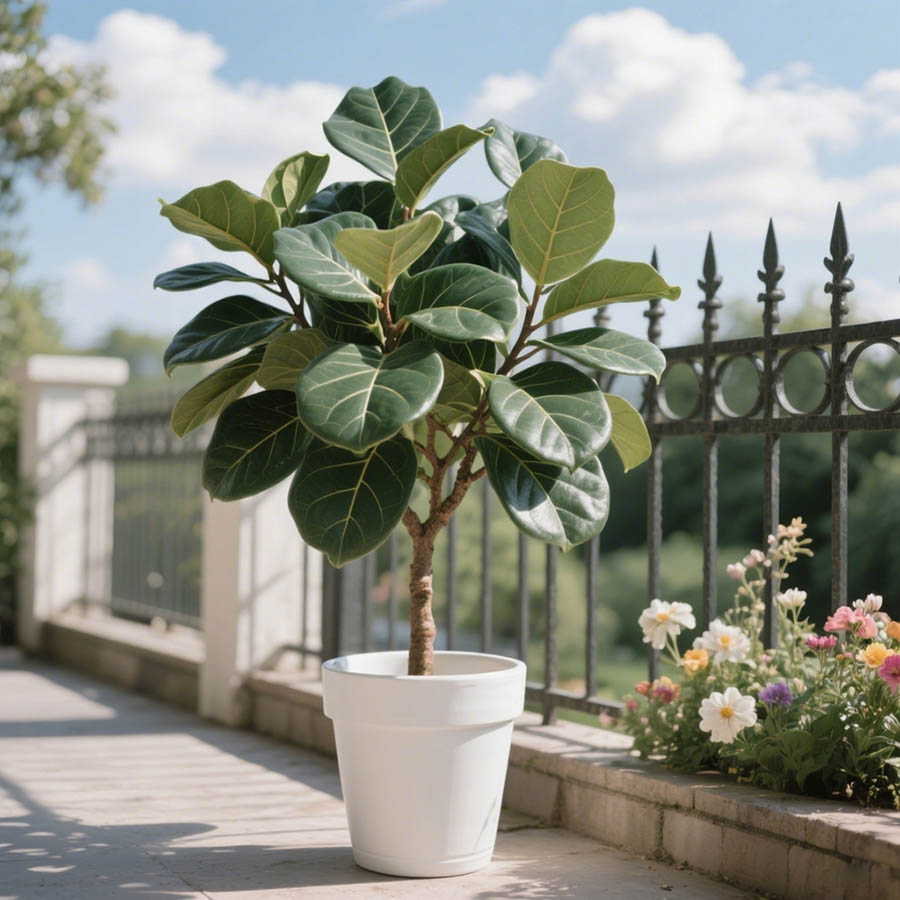
2. Ficus
The silk ficus tree is one of the earliest and most enduring artificial tree designs. With finely crafted branches and rich green foliage, fake ficus trees are often mistaken for the real thing.
They’re especially useful for concealing unattractive elements like electrical boxes or machinery. In low-light areas where real trees wouldn’t thrive, these lifelike options offer reliable greenery. Their deep green tones paired with colorful planters can add dimension and interest to a space. Ideal for commercial outdoor environments, fake ficus trees contribute elegance year-round.
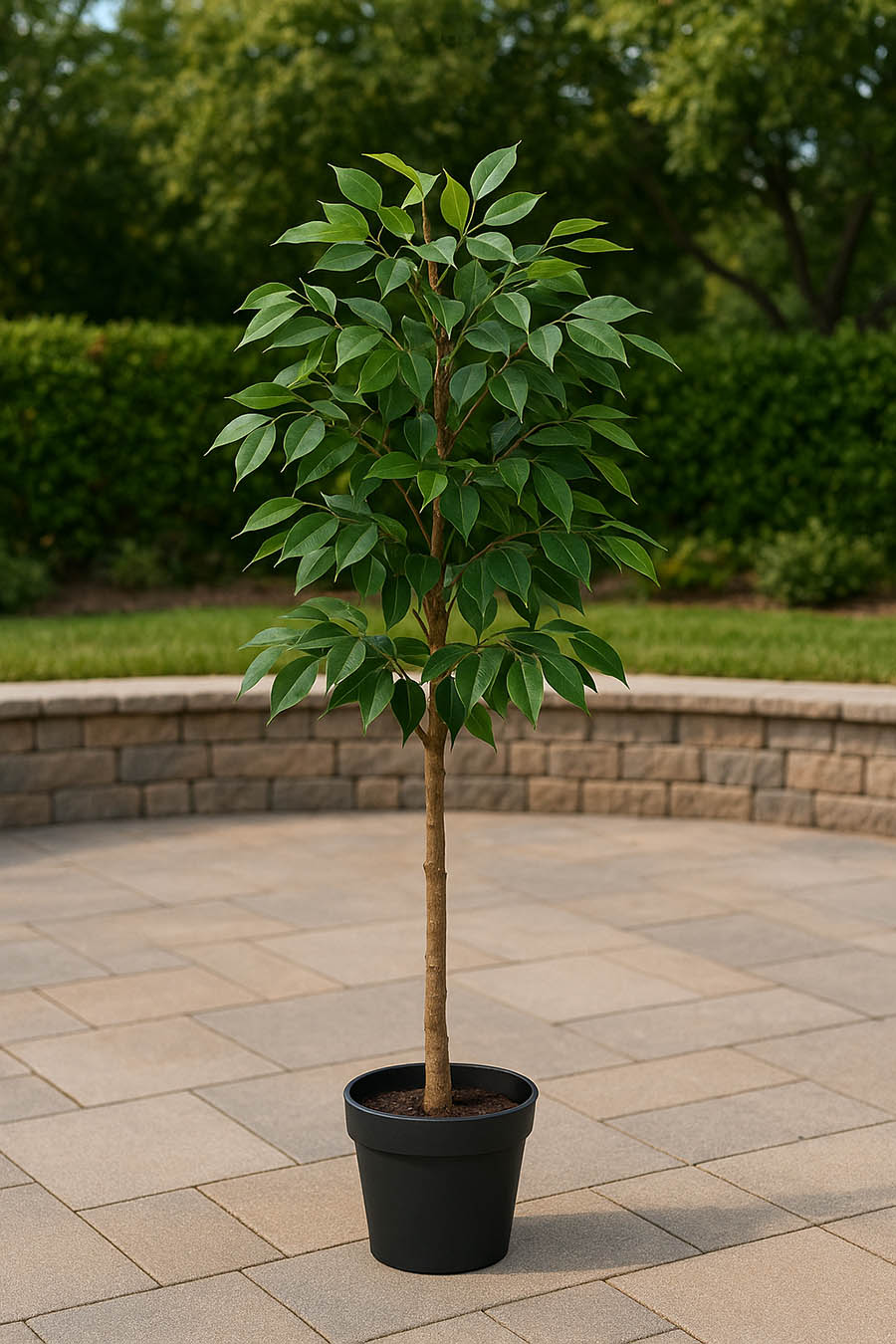
3. Palm Trees
Artificial palm trees are ideal for evoking a tropical feel, whether placed indoors or outside. Available in popular varieties like kentia, areca, and coconut palms, these trees instantly suggest relaxation and vacation. Their tall trunks and graceful fronds add height and openness to pool decks, hotel courtyards, and beachside lounges.
Designed to withstand sun and moisture, they deliver lasting greenery and make a bold visual statement. For themed spaces or tropical landscaping, artificial palms create impact without the demands of live plants. Their exotic silhouette and consistent color ensure they remain a key design element in commercial and residential settings alike.
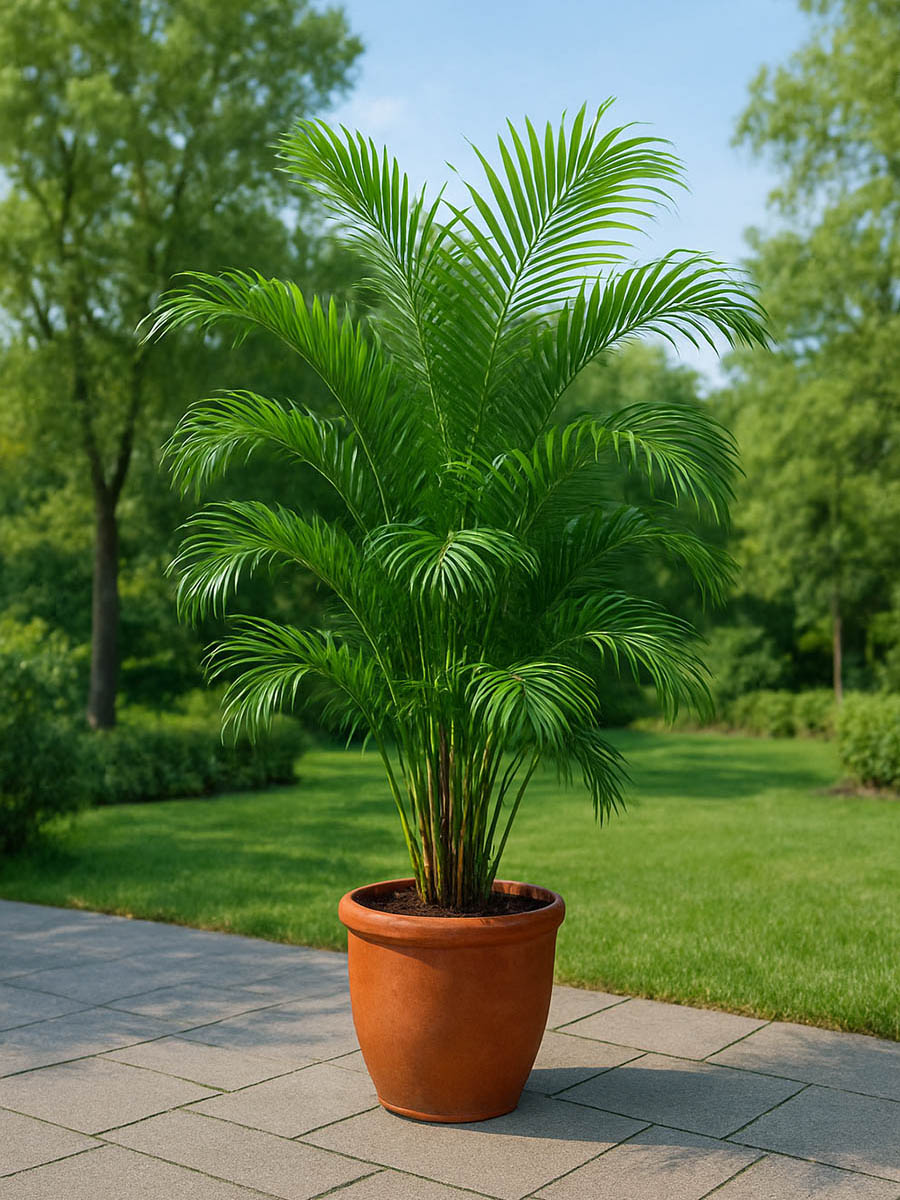
4. Bamboo Trees
Artificial bamboo introduces a graceful, layered structure to outdoor spaces. With upright canes and airy foliage, it’s ideal for creating natural-looking privacy screens or framing walkways.
While real bamboo grows rapidly and can become invasive, the faux version stays tidy and contained. Its soft green hues make it suitable for spas, patios, and quiet corners. Even in winter or under shade, these plants maintain their visual charm. Whether used as a single accent or in a grouped installation, artificial bamboo brings a gentle rhythm to landscapes with minimal interference.
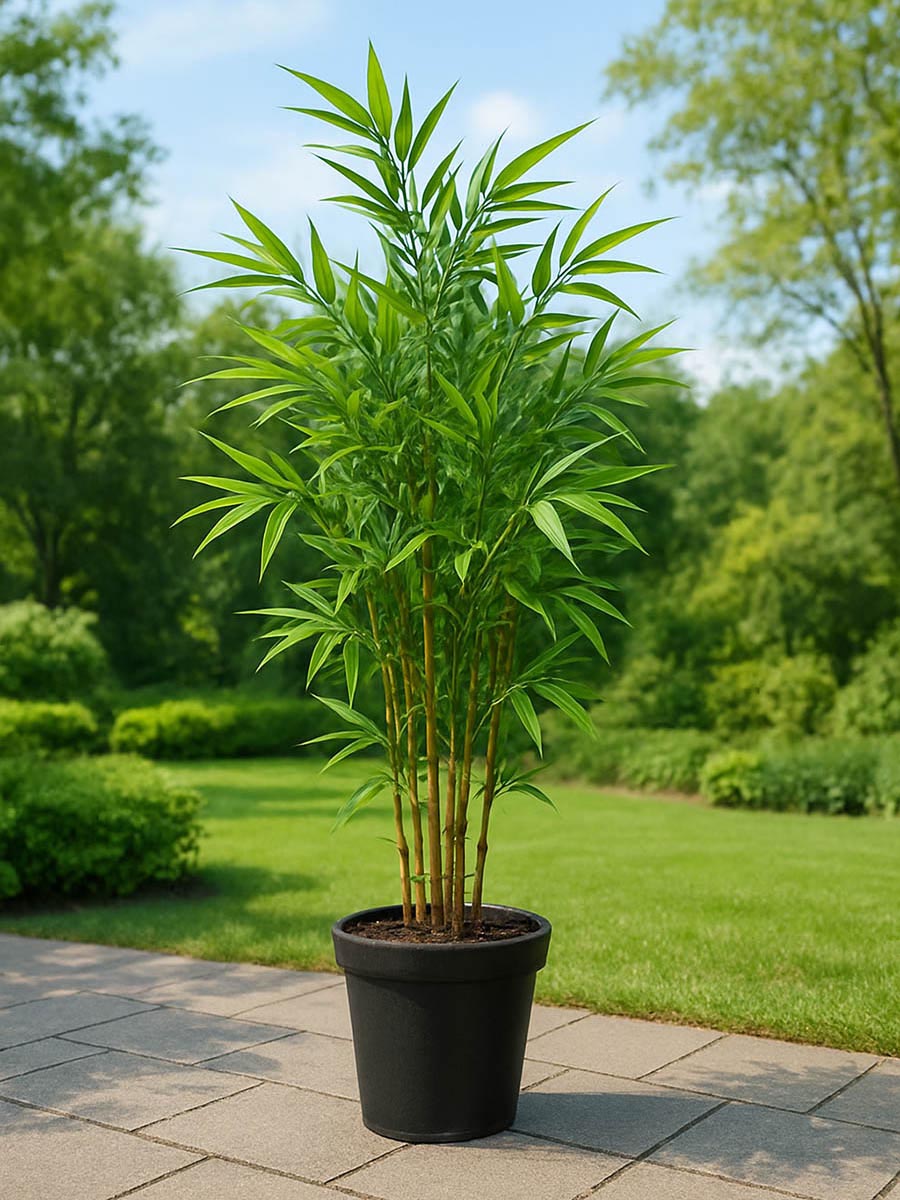
5. Artificial Turf
For open areas requiring surfacing, artificial turf is a practical and appealing choice. It mimics the texture of natural grass while eliminating the need for mowing, irrigation or seasonal repair.
Whether used in gardens, yards, play zones, or between stepping stones, it maintains a lush surface that feels inviting underfoot. Artificial grass blends seamlessly with both real and faux greenery, helping unify the overall design. It’s especially useful in spaces where growing conditions are poor, such as rooftops or shaded yards or water-short areas. With durability and realism combined, it supports functional beauty in both private and public landscapes.
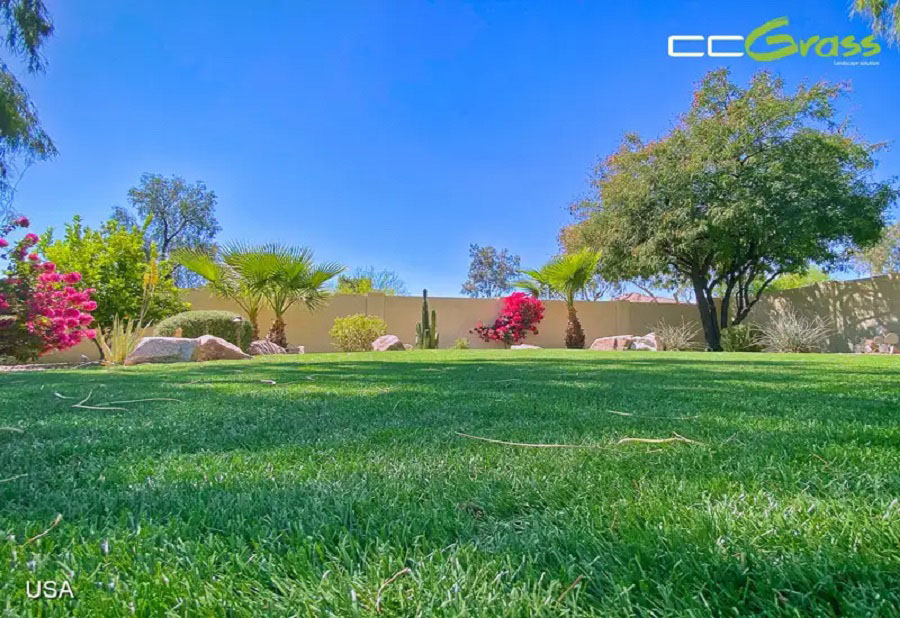
6. Vertical Gardens
When ground space is limited, vertical gardens become a smart way to maximise greenery. Artificial green walls bring texture and depth to bare exteriors or enclosed patios. They can cover unsightly fencing, add privacy, or enhance visual flow.
Built with a mix of foliage types, these panels create a rich, layered effect that resembles real plant groupings. Vertical gardens are customizable in layout and scale, accommodating both small accents and full wall treatments. Their adaptability makes them a standout element in modern exterior design.
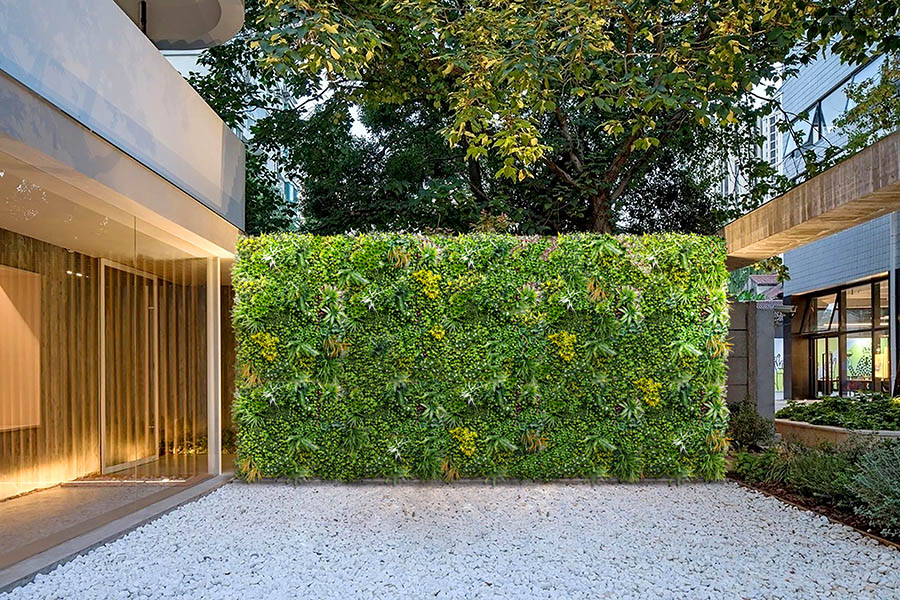
7. Artificial Topiary
Artificial topiaries bring formal elegance and artistic shape to gardens and entrances. From classic spheres and spirals to animal-shaped designs, they add structure and character to outdoor settings. Unlike living topiary, which requires constant trimming and sculpting, the faux version retains its shape effortlessly.
Topiary balls work well in pots flanking a doorway, while spiral topiaries add height to narrow spaces. Animal forms, such as elephants or horses, create playful focal points in family-friendly settings. Made from durable, UV-stabilised materials, they withstand the elements while maintaining their bold silhouettes. Whether used in modern landscapes or traditional courtyards, artificial topiaries offer architectural beauty without the upkeep.
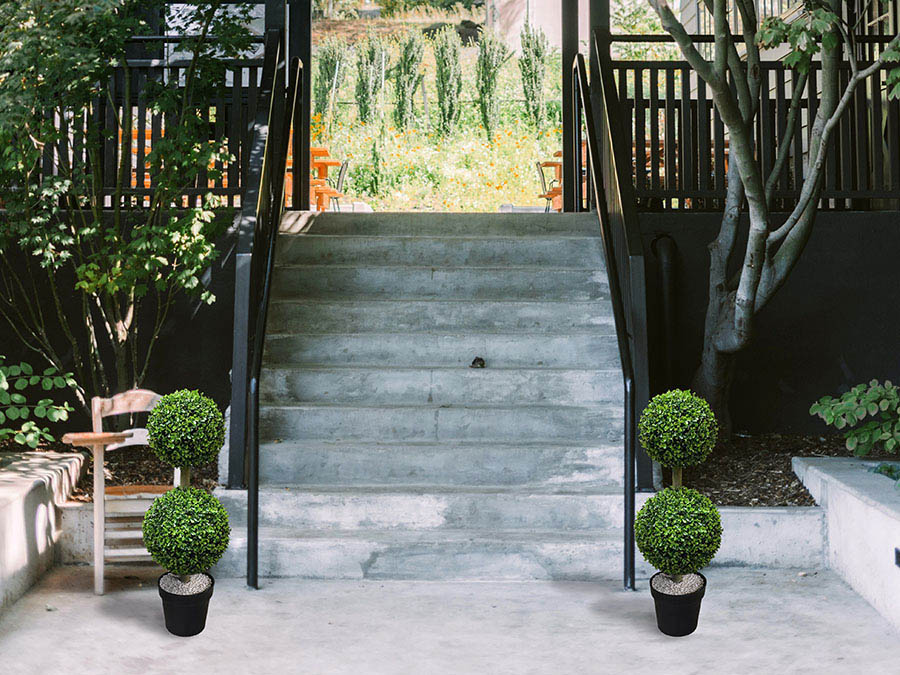
8. Hanging Baskets
Artificial hanging baskets are a charming way to introduce greenery and color above eye level. Options like faux bougainvillaea or sakura baskets bring vibrant blooms that never wilt. Hung along balconies, pergolas, or storefront eaves, they enhance vertical space and soften hard edges.
Artificial hanging baskets are ideal for adding movement and brightness to high or narrow spaces. No deadheading or replanting needed—just occasional cleaning. When selecting baskets for outdoor use, ensure they are made from UV-protected materials for durability.
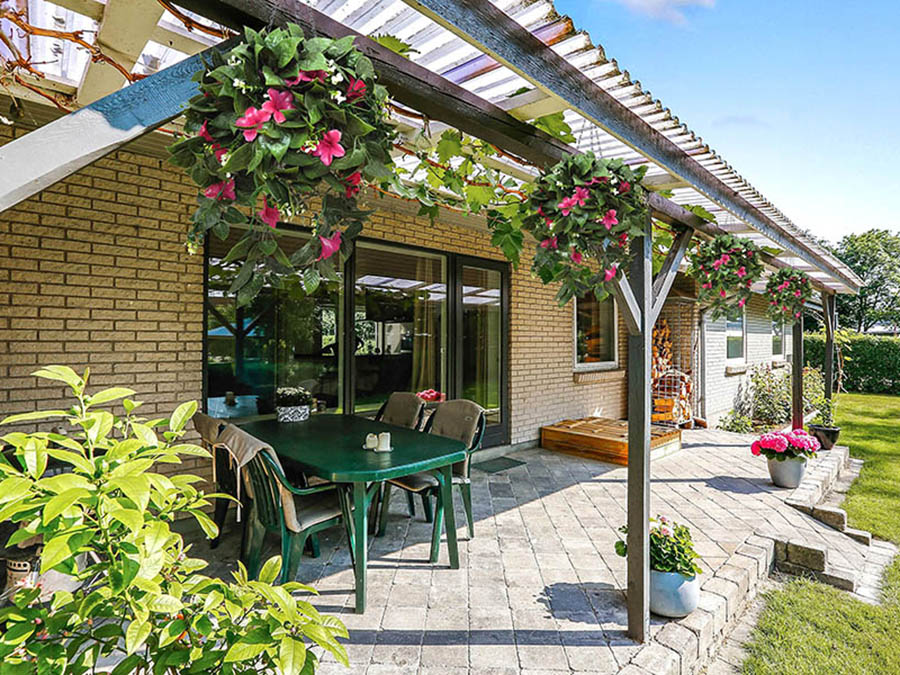
9. Artificial Ferns
The finely detailed fronds of Artificial ferns create natural volume and texture, making them suitable for borders and shaded areas, adding dense greenery and a soft tropical atmosphere to both indoor and outdoor spaces.
Real ferns often require consistent moisture and humidity. Fake ferns remain fresh-looking in any environment, particularly useful for adding greenery in climates or locations where real ferns would struggle. Whether mounted in baskets, placed on floor, or used as underplanting near taller faux trees, artificial ferns offer lush greenery through all seasons.
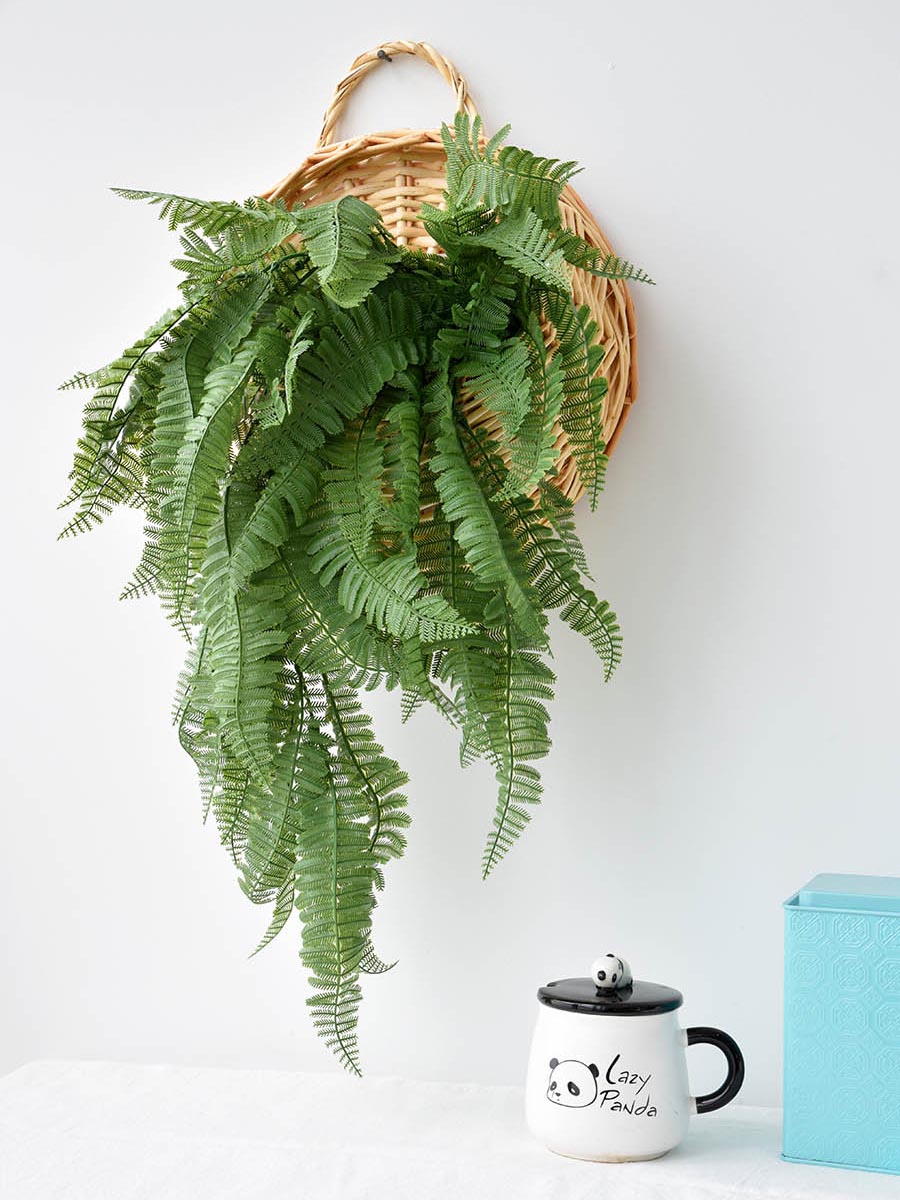
10. Snake Plants
Known for their sleek, upright leaves, snake plants make a strong visual statement. They deliver clean lines and vertical rhythm with zero sensitivity to placement. Their bold shapes suit modern patios, commercial entryways, and minimalist garden beds.
Fake snake plants are especially effective in container groupings or geometric layouts, where they bring order and contrast. With high visual impact and a compact footprint, they fit into tight spots while still commanding attention.
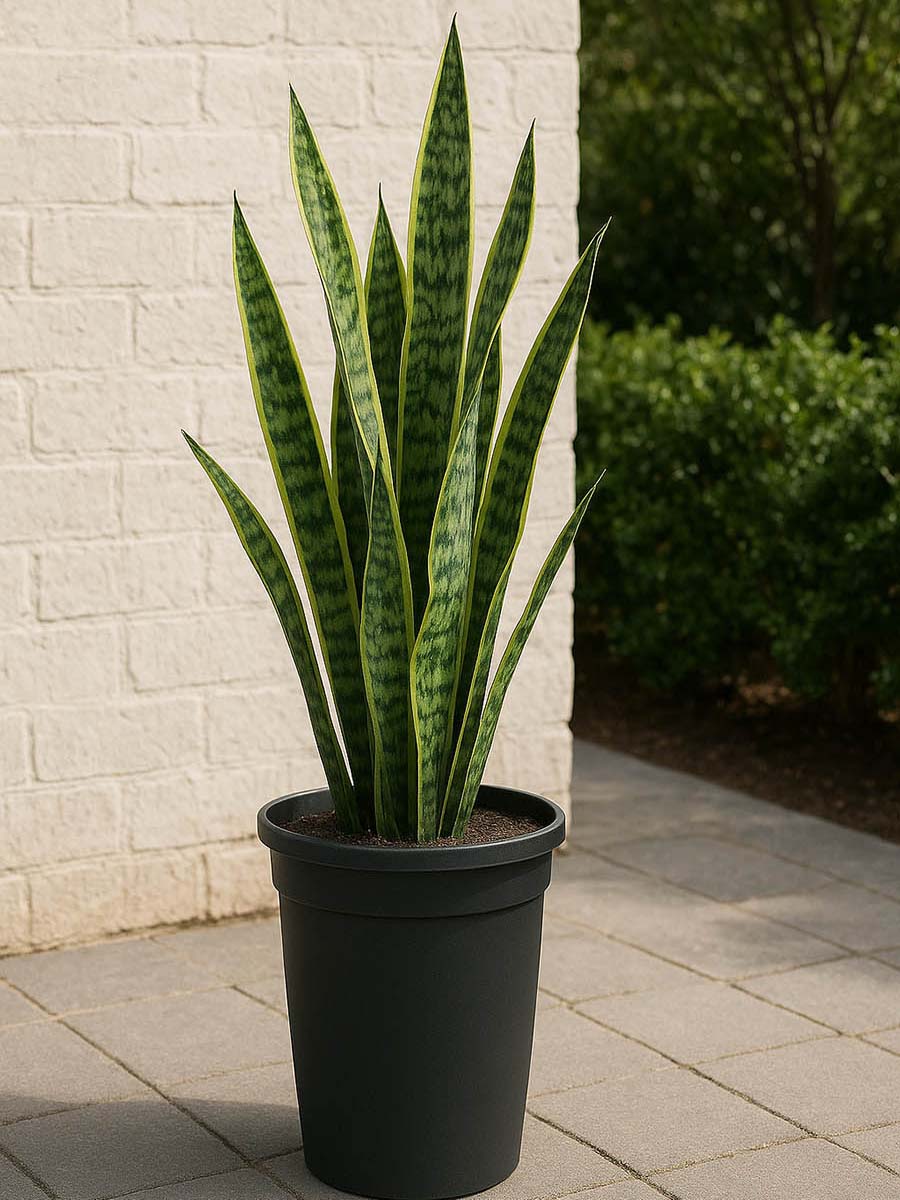
What to Look for When Buying Fake Outdoor Plants?
With countless options available online, choosing the right artificial plant can feel overwhelming.
To simplify the process, here are the key factors to keep in mind:
- Must-Have Features: There are a few essential features to look for when choosing high-quality artificial foliage. First, the plants must be designed for outdoor use and be able to withstand a range of weather conditions. Secondly, they should include UV protection or be made from UV-resistant materials to prevent fading and maintain their appearance over time.
- Placement: Think about where the plant will go before making a purchase. Grouping an odd number of plants typically creates a more balanced look. Browse and check our more lifelike cases(https://www.eden-vert.com/reference/)for more ideas and inspirations.
- Plant Type: Artificial plants come in many forms—from compact shrubs to large imitation trees like conifers, bay laurels, or boxwoods. Choose based on the atmosphere you want to create, whether it’s tropical, formal, or natural.
- Size: Options range from small succulents to full-height palms. For bold visual impact, consider larger plants—but be mindful of the available space. In compact areas or narrow doorways, tall and slender varieties are often more suitable.
- Wind and Weather: In windy regions, fake outdoor plants may need additional support. Use weighted bases or fill pots with sand, stones, or pebbles to secure them. During extreme weather, bring them indoors when possible to prevent damage.
- Containers: When placing plants in open outdoor areas, choose containers with proper drainage to avoid water accumulation. This not only protects the container but also keeps the base looking clean and stable.
Common Mistakes to Avoid
| Issue | Description | Solution |
| Price vs. Realism | Cheap options often appear obviously fake and tacky. | Choose higher-quality materials and exquisite appearances and finishes. |
| Shiny Plastic | Glossy leaves are unnatural | Look for matte finishes that better mimic real foliage |
| Uniformity | Real plants vary in shape, size, and colour. | Select designs with subtle variation to mimic natural growth. |
| UV Fading | Prolonged sunlight exposure causes discolouration. | Ensure plants are UV-stabilised for outdoor environments. |
| Fire Safety | May be required in public or commercial areas. | Choose fire-retardant materials for added safety. |
Frequently Asked Questions
1. How to clean outdoor artificial plants?
For regular cleaning, use a feather duster or microfiber cloth. For deeper cleaning, mist lightly with water and wipe the leaves gently. Avoid harsh chemicals, which can damage the surface and fade the color.
2. Is it okay to put fake plants outside?
Lifespan depends on material quality and climate exposure. High-quality fake outdoor plants are built to last longer in the sun, wind, and rain. Learn more here: How long can outdoor artificial plants last?
3. How do you make fake plants look real outside?
Strategic placement can make a big difference. Position them near seating or entryways, but avoid making them the central focus. Combine with real plants or natural elements like stones and moss for a more authentic look.
